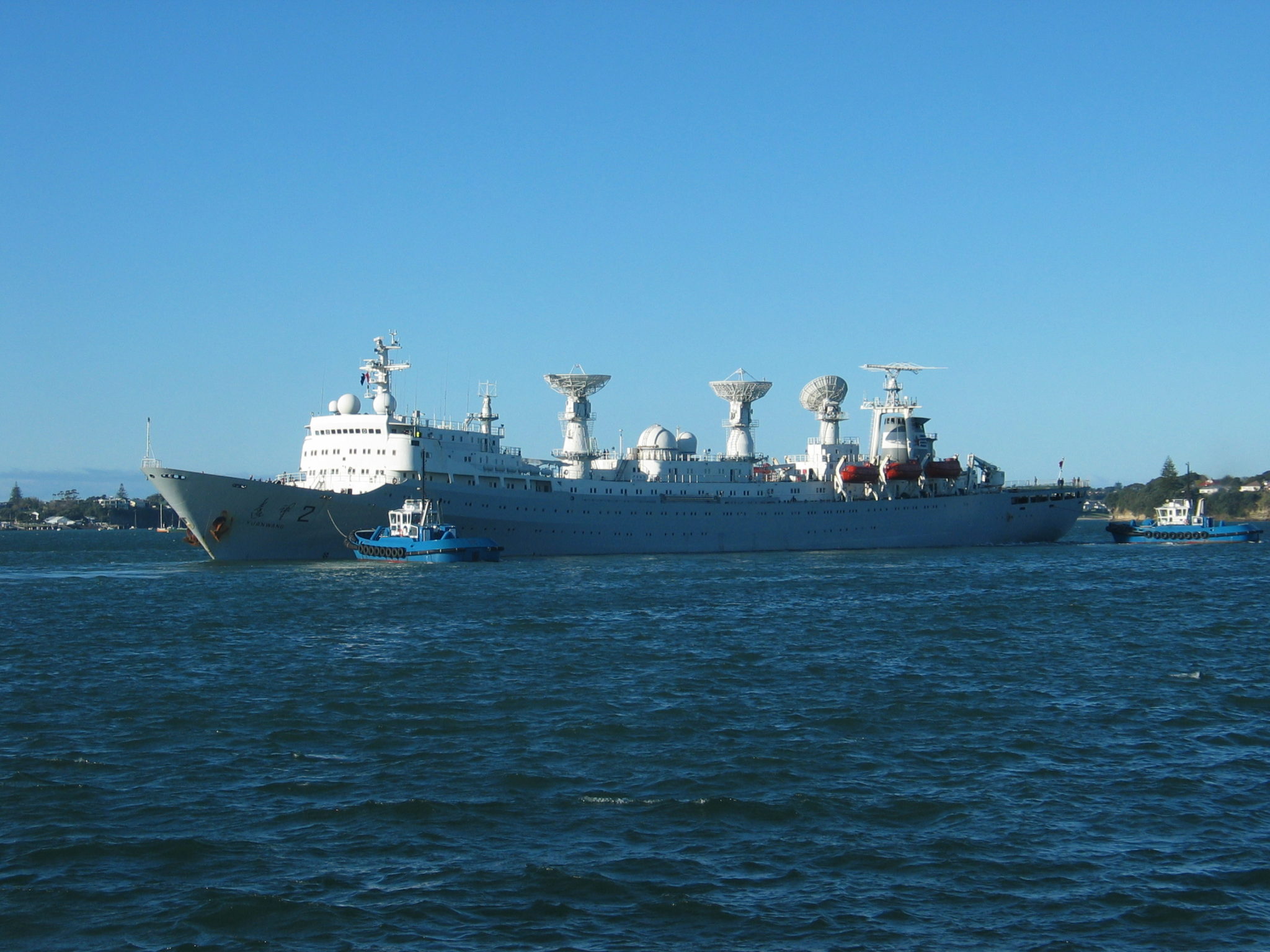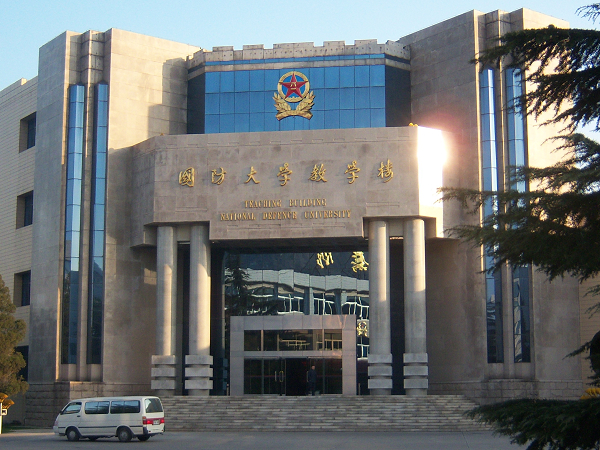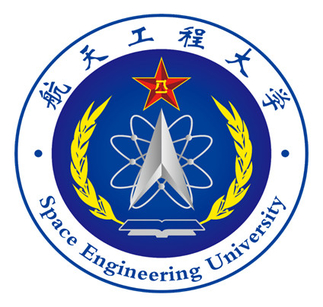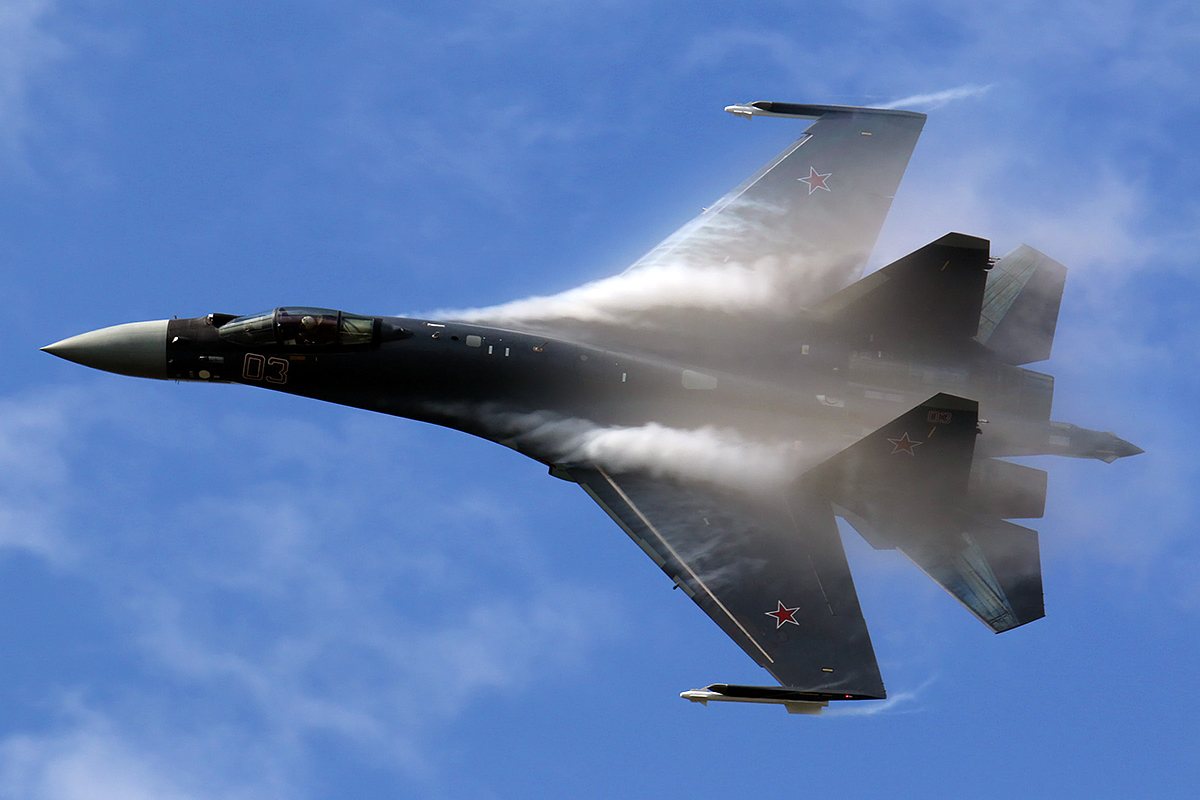New Delhi’s strategic and geographical compulsions barely allow it to sit back and watch Sri Lanka descend into chaos—a privilege that Beijing enjoys.
India is concerned that the Chinese involvement at the Hambantota Port in Sri Lanka will turn into a long-term Chinese military presence. The docking in August of China’s Yuan Wang-5, a research ship that can track satellites and ballistic missiles, raised additional questions in India about Chinese involvement at the Hambantota Port at a time when the Indian government has been dealing with the fallout of unrest in Sri Lanka. The accompanying excerpted article from the Indian independent think-tank Observer Research Foundation provides an Indian perspective on the visit of the Chinese ship and what the Indian government might do with Sri Lanka going forward. The article reports that the visit took place after negotiations with the new government in Sri Lanka and that despite Indian efforts to prevent the visit, the Chinese government ultimately received permission to dock. The article compares Chinese and Indian assistance to Sri Lanka following weeks of civil unrest and the change in government there in July 2022, noting that India provided assistance with fewer conditions. In addition, Sri Lanka “reciprocated by cancelling Chinese projects in the Jaffna peninsula and consenting to India’s investments” in various endeavors, including a maritime rescue coordination center at the Hambantota Port. Lastly, the author states that “unlike China, India has no option but to assist Sri Lanka” and that the recent assistance from India “was not aimed to root out Chinese influence; it was out of compulsion and to reverse its lost influence.” As China is likely to continue using the Hambantota Port in various capacities, the Indian government appears to be maintaining a foothold for now.
Sources:
Aditya Gowdara Shivamurthy, “Should India continue its assistance to Sri Lanka as China makes its way to Hambantota?,” Observer Research Foundation (independent think tank in India), 23 August 2022.
https://www.orfonline.org/expert-speak/should-india-continue-its-assistance-to-sri-lanka/
On 16 August, Yuan Wang-5—a Chinese naval vessel—finally docked in Sri Lanka’s Hambantota port. Operated by the People’s Liberation Army’s Strategic Support Force, this “research vessel” can monitor/gather satellite and technical intelligence and also track the trajectories of ballistic missiles. This episode has raised several questions about India’s assistance to crisis-hit Sri Lanka, Colombo’s lack of gratitude for India, and China’s relevance in the region…
…The Sri Lankan Foreign Ministry agreed to host the Chinese vessel on 12 July when its President had already fled. Initially, the Sri Lankan Defence Ministry rejected these claims in public. However, in late July, it was confirmed that the vessel would be docking in Hambantota from 11-17 August for “replenishment” purposes and that there was nothing unusual about it. However, considering the ship’s potential to track and survey Indian defence and nuclear instalments in its Southern states, New Delhi expressed its concerns.
…On 4 August, the Sri Lankan Foreign Minister met his Indian and Chinese counterparts in Cambodia and received verbal guarantees of further assistance from both. It is quite likely that China demanded guarantees to dock Yuan Wang-5 in these meetings, and India asked to deter the same. Soon after, the Sri Lankan government requested China to defer the vessel docking until further considerations…The Chinese embassy also sought an urgent meeting with the Sri Lankan authorities and allegedly held a closed-door meeting with the President. Following these meetings, China received its new dates of docking from 16-22 August…
…Beijing’s response to the Sri Lankan crisis has been passive. It has withheld Colombo’s requests for financial assistance, worth US$ 4 billion, and loan restructuring, hoping to leverage them to further its interests.
China has used Colombo’s compulsion to deliver a strong message to India and the world—regardless of its assistance, Beijing still holds significant leverage in Sri Lanka and could challenge India in its backyard. This is something that China could be more determined to show to the world as its tensions with Taiwan continue to escalate…
Contradictory to the Chinese approach, New Delhi’s response is based on Sri Lanka’s humanitarian needs and its self-interests. It has assisted Sri Lanka with US$ 3.8 billion, expecting the island nation’s government to respect its interests and sensitivities. India’s assistance has taken in the form of currency swaps, grants, credit lines, humanitarian supplies, and infrastructure development…
In return, Sri Lanka has reciprocated by cancelling Chinese projects in the Jaffna peninsula and consenting to India’s investments in the energy sector, Free-Floating Dock Facility, Dornier aircraft, and a Maritime Rescue Co-ordination Centre (MRCC). One of the sub-units of this MRCC will also be installed in the China-operated Hambantota port.
…unlike China, India has no option but to assist Sri Lanka. New Delhi’s strategic and geographical compulsions barely allow it to sit back and watch Sri Lanka descend into chaos—a privilege that Beijing enjoys.
…India’s assistance was not aimed to root out Chinese influence; it was out of compulsion and to reverse its lost influence. It is no secret that China’s investments and loans still largely outweigh New Delhi’s financial assistance. In fact, even India knows that the IMF bailout solution it supports would require Sri Lanka to talk to China and restructure its loans.In the end, India should continue with its diplomatic engagement and assistance. India’s response to the crisis is not only strategic and status-oriented, but also symbolic since its Indo-Pacific partners expect it to play a significant role in the region. Any misadventure of denying or differing assistance to Sri Lanka also risks attracting more Chinese influence and undoing the positive gains of the last two years…








